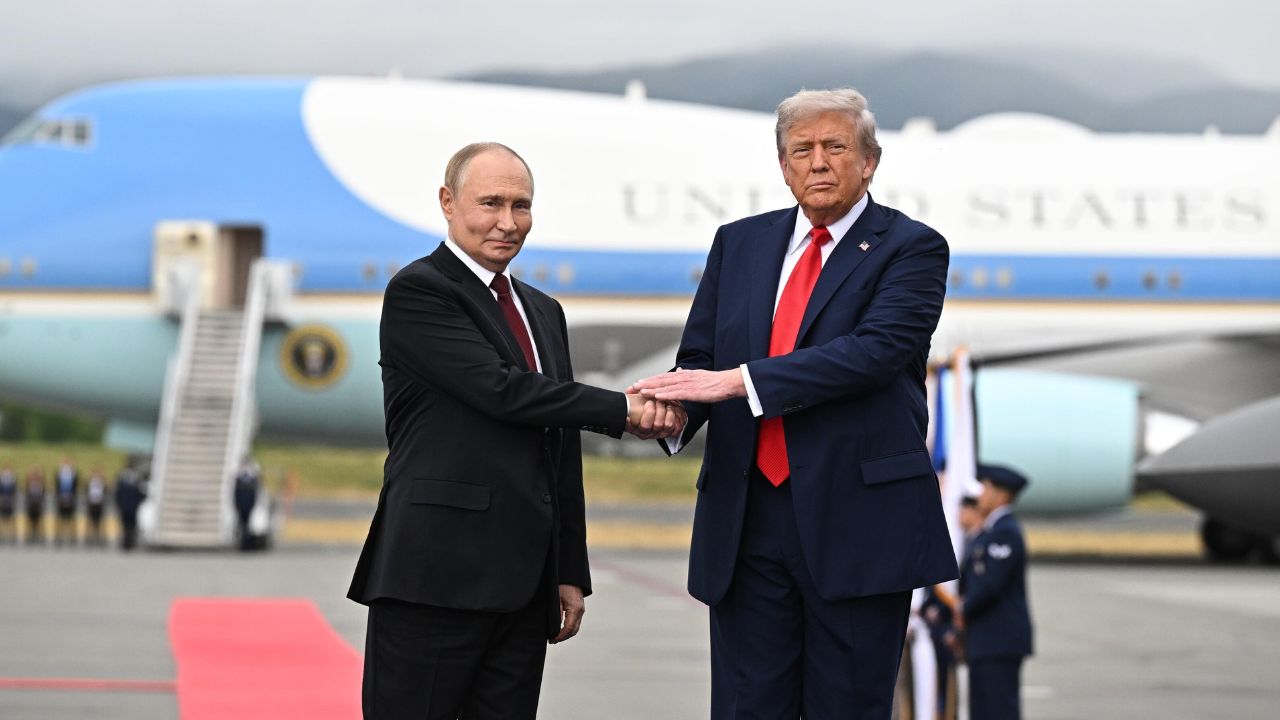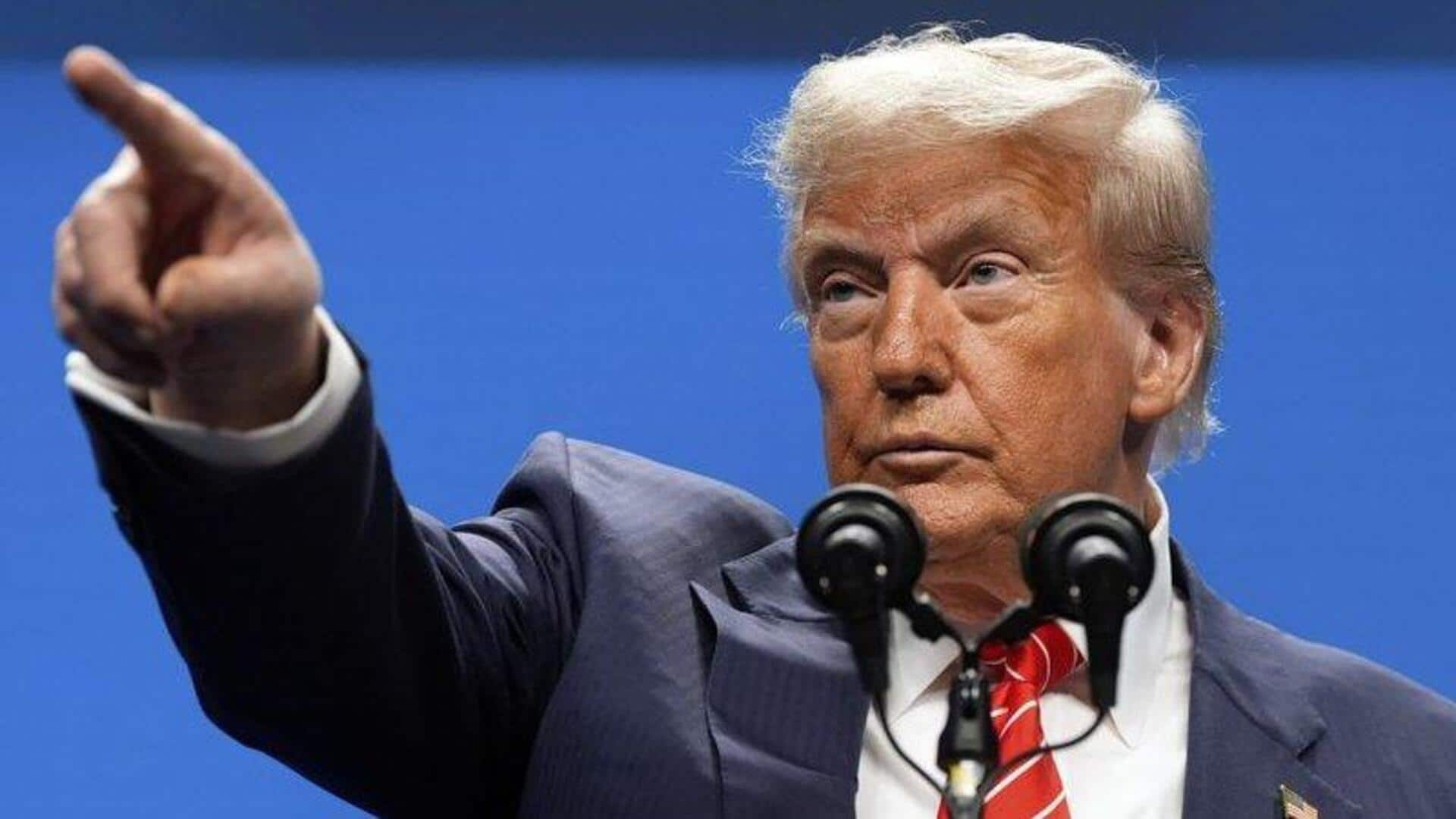United States President Donald Trump has lashed out at India’s trade choices, imposing a hefty 50% tariff and questioning why India refuses to buy corn from America despite sourcing it from other countries.
“India brags that they have 1.4 billion people… why won’t they buy one bushel of corn from us? Doesn’t that rub you the wrong way? President says bring down the tariffs… we have to right years of wrong. You either accept it or you are going to have a tough time doing business with the world’s greatest consumer,” US Commerce Secretary Howard Lutnick declared recently, triggering a storm of debate on both sides of the globe.
The controversy stems from India’s rapidly growing demand for maize, largely driven by ethanol blending targets, expansion of the poultry sector and rising industrial use. Traditionally, India has been a surplus producer of maize and ranks as the world’s sixth-largest grower.
With an annual output of nearly 4 crore tonnes – primarily from Uttar Pradesh, Andhra Pradesh, Maharashtra, Telangana, Tamil Nadu, Bihar, Madhya Pradesh and Karnataka – India has so far been self-sufficient. Nearly 50 to 60 per cent of this crop is diverted for animal feed, another 15 to 20 per cent for ethanol production, 10 to 15 per cent for food consumption and the remainder for industrial purposes.
However, the balance tilted in recent years. As the ethanol policy expanded and poultry feed requirements surged, India turned into a net importer of maize. Imports rose sharply, from a mere 5,000 tonnes in 2023 to nearly 10 lakh tonnes in 2024. India currently requires between 60 to 70 lakh tonnes annually.
Much of this maize has come from Myanmar and Ukraine. Ministry of Commerce data shows that India imported nearly 1-2 lakh tonnes from Myanmar in 2024 and 1.3 lakh tonnes more till August 2025, all of it duty free. Ukraine accounted for around 4 lakh tonnes between January and August 2025, also exempt from import duty. Supplies from Thailand and Argentina further supplemented this basket.
Yet, not a single shipment has come from the United States. Analysts cite four reasons. First, nearly 90 per cent of American maize is genetically modified, something Indian regulations strictly prohibit for both human and animal consumption. Second, the United States levies a 50 per cent tariff on Indian imports, while Ukraine and Myanmar maize enters duty free. Third, higher logistics and freight costs make American corn uncompetitive in the Indian market. And finally, India has repeatedly stressed its intent to protect domestic farmers by discouraging high-cost imports from advanced economies.
For the US, the optics are galling. As Trump put it, if India can buy maize from countries as far as Ukraine or as close as Myanmar, “why not from us?”
For India, the answer lies in cost, policy and safety standards. As the country pushes towards doubling production to 8.6 crore tonnes by 2047, officials argue that dependence on imports must be temporary, calibrated and never at the expense of farmer welfare.












